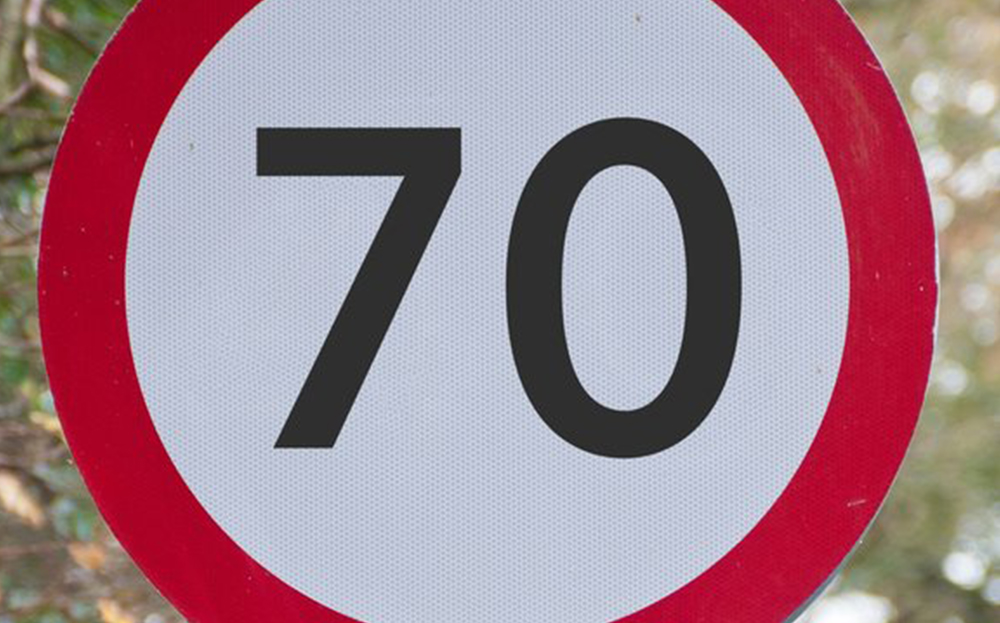News: 70mph motorway speed cameras rolled out
Not so fast

DRIVERS WHO exceed the 70mph limit on stretches of motorway are being routinely targeted by speed cameras for the first time. The move ushers in the prospect of blanket enforcement across the motorway network, meaning any driver who travels significantly faster than the national limit — defined as 10% plus 2mph above the limit — will receive a fixed penalty notice
Up to now, motorway cameras have been used primarily on stretches undergoing roadworks, or to enforce variable speed limits on stretches of managed motorway, where they have only been switched on when the limit has been reduced to 60mph or below. The decision to use cameras to enforce the 70mph limit coincides with a recent increase in the number of deaths on Britain’s motorways, which rose 14% last year to 100.
The crackdown is being led by Avon and Somerset police. The constabulary started enforcing the 70mph limit on June 27, using speed cameras mounted on gantries over stretches of managed motorway along the M4 and M5. Within two weeks the cameras had caught 549 drivers travelling above 79mph who were subsequently issued with fixed penalty notices or a court summons.
The cameras, which are installed on sections of motorway where the speed limit can be varied to manage traffic flow, have caught more drivers while enforcing the 70mph limit than they have at any other speed when the limits have been reduced.
“We have looked into the value of speed cameras and come to the conclusion that they encourage most drivers to comply with the national speed limits,” said Temporary Chief Superintendent Ian Smith. “It makes total sense from a road safety point of view to enforce the speed limits on this managed section — whatever limits are in force at the time.”
Other forces are preparing to use a new generation of speed camera, called Hadecs3 (Highways Agency digital enforcement camera system). These are not installed on gantries but mounted discreetly on poles at the roadside. They are painted grey and require no white lines on the road to verify their speed readings, which makes them more difficult to spot than current systems.
The cameras have already been installed on the M25 between junctions 5 and 7 and are being tested by Kent police before they are used to enforce the speed limit. Like other speed cameras, they are expected to allow motorists a margin of 10% plus 2mph over the speed limit and to flash cars travelling at more than 79mph, although police may choose to penalise only the worst offenders.
Search for and buy used cars here




